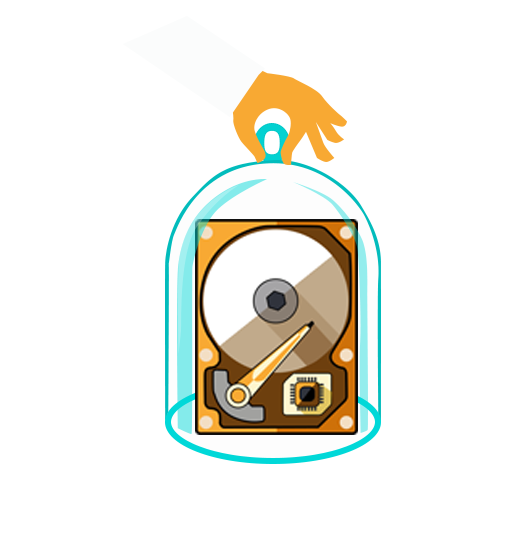A good measure of hard drive quality is to look at user reviews for
the product. Don’t just look at professional reviews, since it’s
unlikely that the drive would have been used in a real world situation.
Scan user reviews and look to see if there are any recurring problems
with the drive. This could be anything from driver incompatibility to
something more serious like a high failure rate. A marginal amount of
negative reviews is passable since you’re never going to find something
everyone is completely satisfied. However, if reviews are overwhelming
down then it’s best to move on to a different product.
You should also pay attention to the failure rate of the hard drive.
This will usually be listed on the product page or on the company
website. If it isn’t listed then be slightly cautious as if the figure
is low then there’s really nothing to hide. The failure rate represents
how often the drive will fail within the warranty period. However,
research has shown that hard drive failure rates are, on average,
fifteen times higher than manufacturer’s claim. This is down to a
variety of reasons, such as the different environments hard drives are
stored in or intensive use that causes premature wear.
Different drives come with different warranties, so be sure to see how
long each one will cover you for when comparing the statistics. Most
companies sell additional warranty (sometimes from a third party
company) to ensure extra cover. The reason the failure rate is for the
warranty period only is because, as explained, all hard drives will
eventually fail. You just want to make sure that you’re getting the best
deal for your money to make the most of the drive.
There are steps you can take to ensure that your hard drive is going to
last as long as possible. The first of these is to buy only from a
reliable company such as Seagate, Western Digital or Samsung. You want
to be getting a brand new hard drive – not second hand or refurbished. A
refurbished drive is one that has previously malfunctioned and has been
fixed and put on sale for a cheaper rate. These will usually come with a
far shorter warranty than a new drive due to the higher chance of the
drive failing again in the future. You’ll also need your drive to be
shipped through a reliable courier (although there’s less you can do to
control this) to make sure it’s packaged properly and isn’t thrown
around. When the drive is in your computer, do not expose it to a lot of
heat or vibration. Jolting the drive can cause the delicate drive head
to come in contact with the sensitive platter. If this happens then it
could scratch it and cause data loss. It’s also advisable to take a can
of compressed air and clean out the dust from inside of your case every
once in a while. Treating your drive like an antique vase will give it a
greater chance of surviving.
